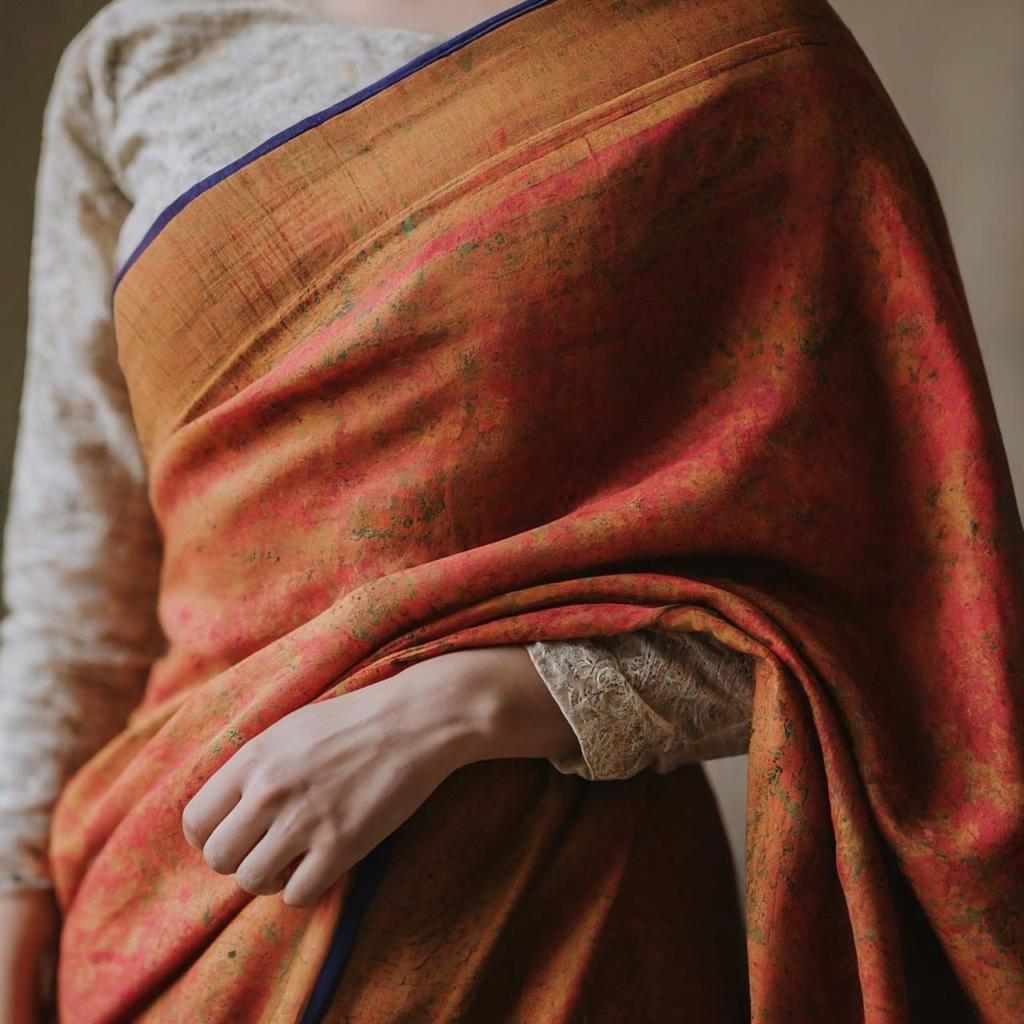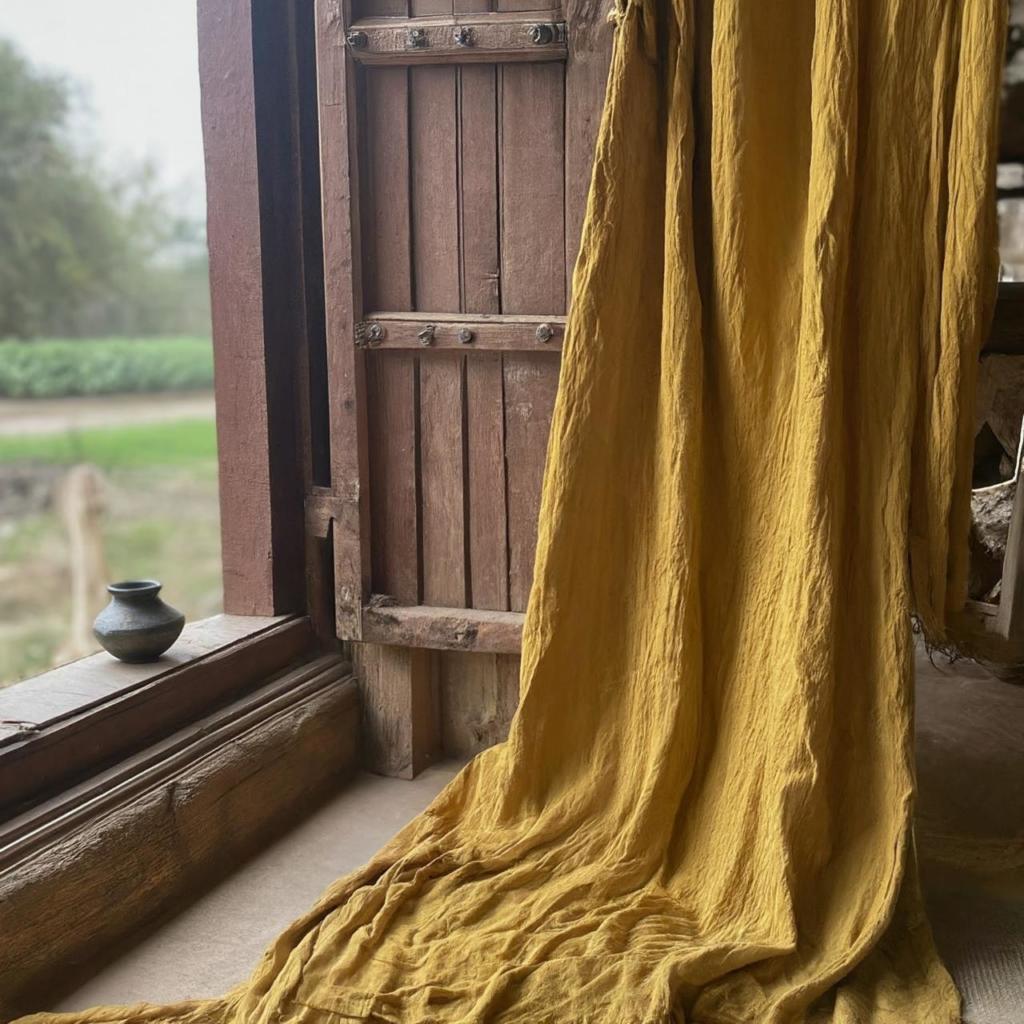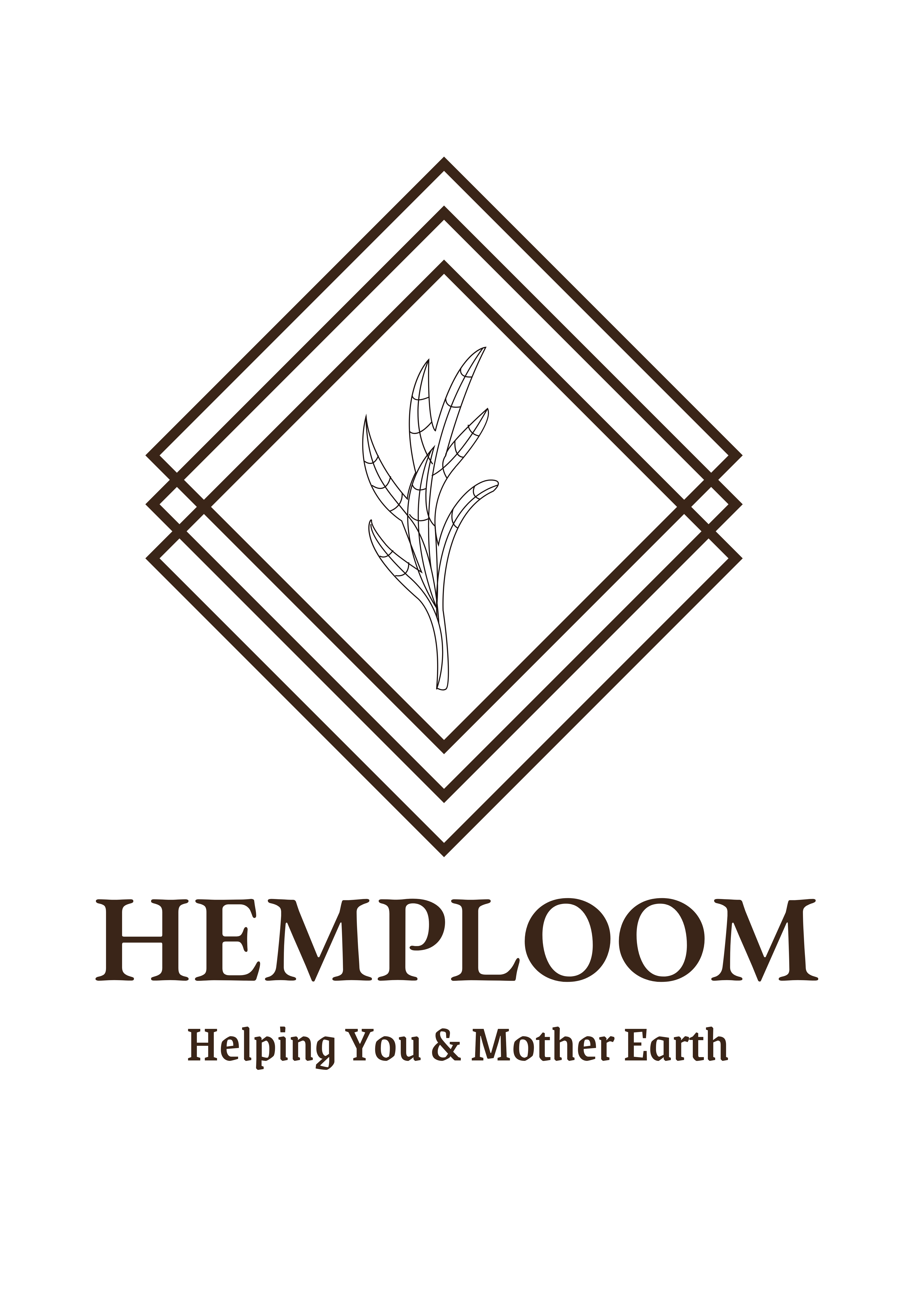In recent years, the spotlight has turned towards sustainable fashion, prompting a reevaluation of the materials we use to create our clothing. One such material that has gained immense popularity is hemp fabric. Let’s delve into the world of hemp, exploring its history, significance in India, its various names across languages, and why it’s being hailed as the textile of the future for sustainable fashion.

Understanding Hemp:
Hemp, scientifically known as Cannabis sativa, is a versatile plant known for its myriad uses. It has been cultivated for thousands of years, dating back to ancient civilizations. Unlike its cousin marijuana, hemp contains negligible amounts of THC, the psychoactive compound, making it non-intoxicating.
The History of Hemp:
Hemp’s history is deeply intertwined with human civilization. It was utilized for making ropes, textiles, and even paper in ancient China around 8000 BCE. Its use spread across Asia, Europe, and eventually to the Americas. Sailors relied on hemp ropes due to their durability and resistance to saltwater.
In India, hemp has a rich history dating back to the Vedic period. It was considered sacred and had various religious and medicinal uses. Over time, its versatility led to widespread cultivation, especially in regions like Uttarakhand and Himachal Pradesh.
Hemp Across Languages and Cultures:
Hemp is known by different names around the world, showcasing its global significance:
• English: Hemp
• Spanish: Cáñamo
• French: Chanvre
• German: Hanf
• Hindi: भांग (Bhang)
Hemp Textile: A Sustainable Choice:
One of the most promising aspects of hemp is its potential in sustainable fashion. Here are some reasons why hemp textile is gaining traction:
1. Environmental Benefits: Hemp requires minimal water and no pesticides or herbicides for cultivation, making it eco-friendly.
2. Durability: Hemp fabric is incredibly durable, compared to many other natural fibers like cotton.
3. Breathability and Comfort: It’s breathable and becomes softer with each wash, making it comfortable for clothing.
4. Versatility: Hemp can be blended with other fibers like organic cotton or tencel, expanding its range of applications in fashion.The Future of Hemp Textile in Sustainable Fashion:
As the fashion industry shifts towards sustainability, hemp textile is emerging as a frontrunner. Brands and designers are recognizing its potential to create stylish yet eco-friendly clothing. From casual wear to haute couture, hemp fabric is being used in diverse fashion lines, promoting a more sustainable and ethical approach to dressing.
Among the pioneers in promoting hemp fabric is Hemploom India. With a commitment to sustainability and quality, Hemploom offers a diverse range of hemp fabrics, including over 250 kinds in different blends, colors, and prints. What sets Hemploom apart is its dedication to customization, offering made-to-order options for fabric as well as printing and dyeing services. This ensures that every piece created is not just sustainable but also uniquely tailored to meet the customer’s needs.
In conclusion, hemp fabric and the hemp plant represent a sustainable revolution in the textile industry. With its rich history, global significance, and environmental advantages, hemp is poised to be the fabric of the future, leading the way towards a more sustainable and conscious fashion landscape, with innovators like Hemploom India paving the path forward.


